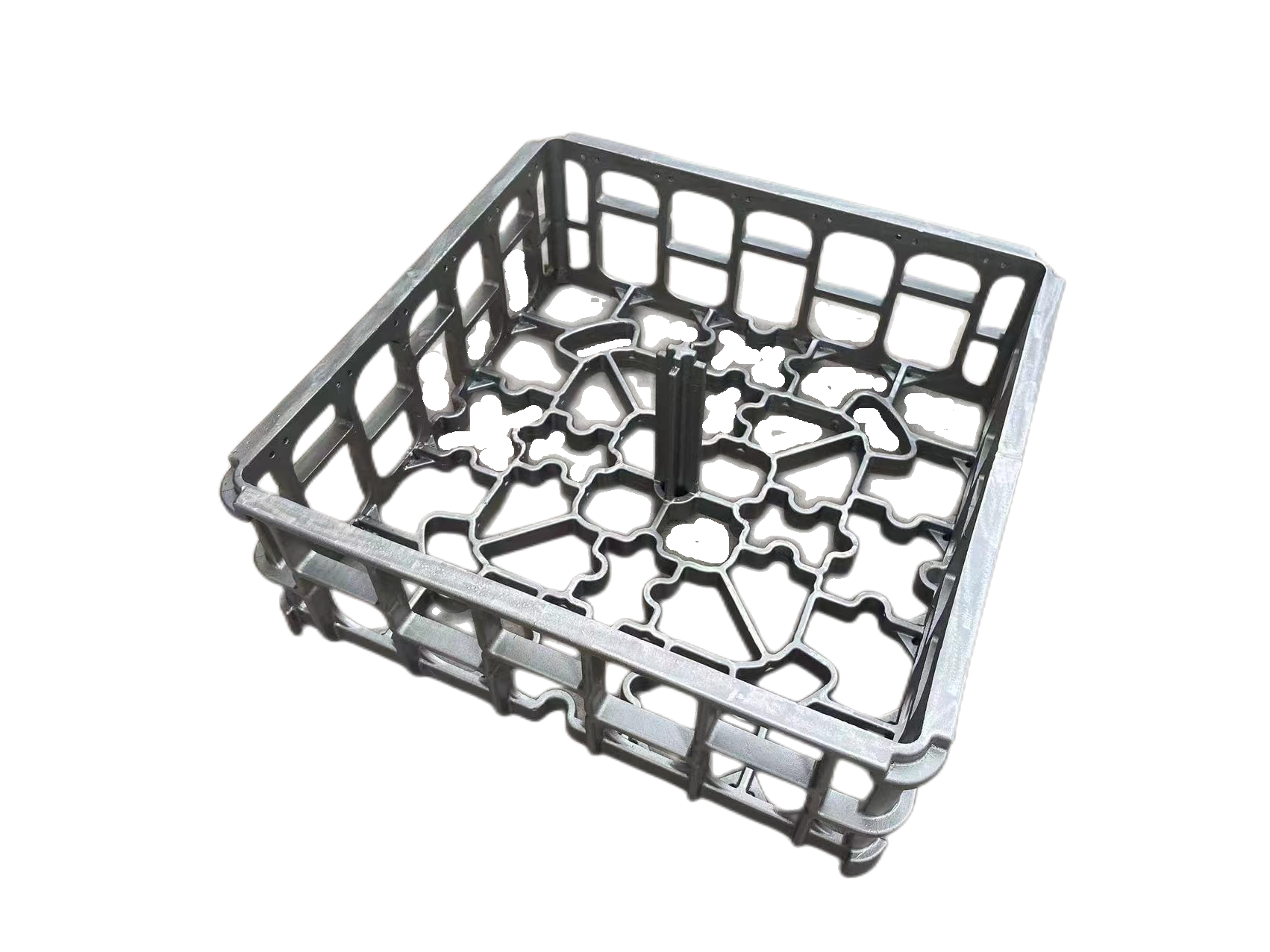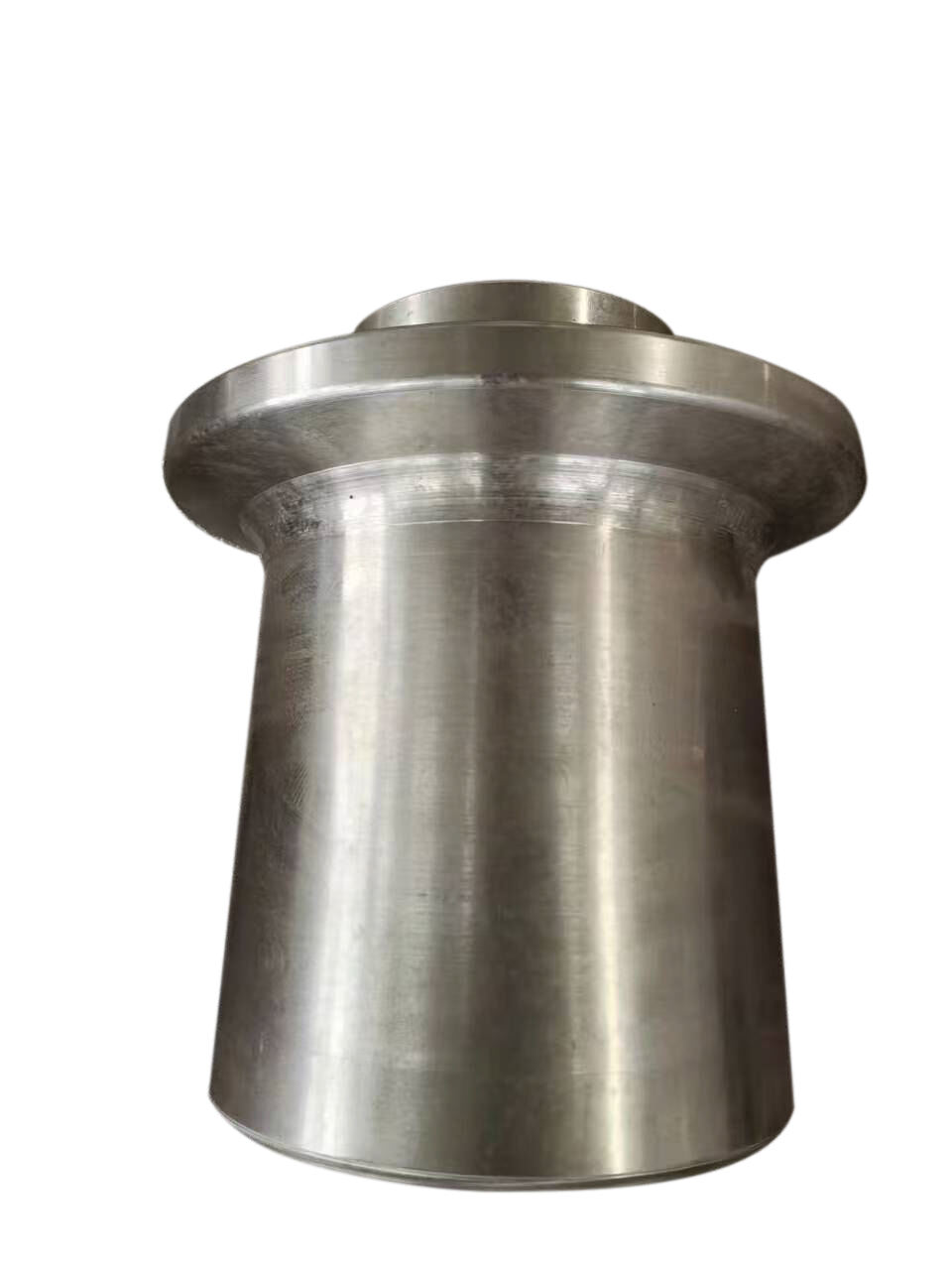investment casting mold
Investment casting molds represent a sophisticated manufacturing solution that enables the production of complex, high-precision metal components with exceptional surface finish. This advanced process begins with creating a wax pattern that perfectly mirrors the desired final product. The pattern is then coated with multiple layers of ceramic material, forming a robust shell around the wax. Once the ceramic hardens, the wax is melted out, leaving a precise cavity within the mold. The empty cavity is then filled with molten metal, which solidifies to create the final casting. This process, also known as lost-wax casting, excels in producing intricate parts with tight tolerances and superior dimensional accuracy. Investment casting molds are particularly valuable in industries requiring components with complex geometries, thin walls, and precise details. The technology allows for the creation of parts that would be impossible or cost-prohibitive to manufacture using traditional machining methods. These molds can accommodate a wide range of metals and alloys, from aluminum and steel to exotic materials like titanium and superalloys, making them indispensable in aerospace, automotive, medical, and jewelry manufacturing sectors.

